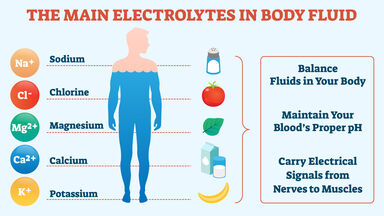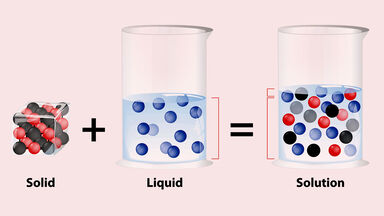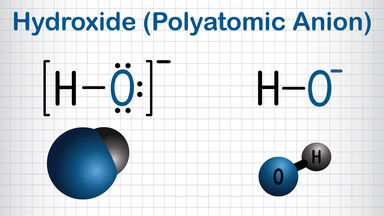Let us allow dilute sodium acetate to react with dilute hydrochloric acid.
Wallach, Ber., 1881, 14, P. 421); by the action of reducing agents on nitroparaffins; by the action of zinc and hydrochloric acid on aldehyde ammonias (German Patent 73,812); by the reduction of the phenylhydrazones and oximes of aldehydes and ketones with sodium amalgam in the presence of alcohol and sodium acetate (J.
In making the acid by this process benzaldehyde, acetic anhydride and anhydrous sodium acetate are heated for some hours to about 180 C., the resulting product is made alkaline with sodium carbonate, and any excess of benzaldehyde removed by a current of steam.
Heated with anhydrous sodium acetate and acetic anhydride it gives cinnamic acid; with ethyl bromide and sodium it forms triphenyl-carbinol (C 6 H 5) 3 C OH; with dimethylaniline and anhydrous zinc chloride it forms leuco-malachite green C6H5CH[C6H4N(CH3)2]2; and with dimethylaniline and concentrated hydrochloric acid it gives dimethylaminobenzhydrol, C 6 H 5 CH(OH)C 6 H 4 N(CH 3) 2.
A higher hydrated oxide, CeO 3 xH 2 O, is formed by the interaction of cerous sulphate with sodium acetate and hydrogen peroxide (Lecoq de Boisbaudran, Comptes rendus, 1885, loo, p. 605).





